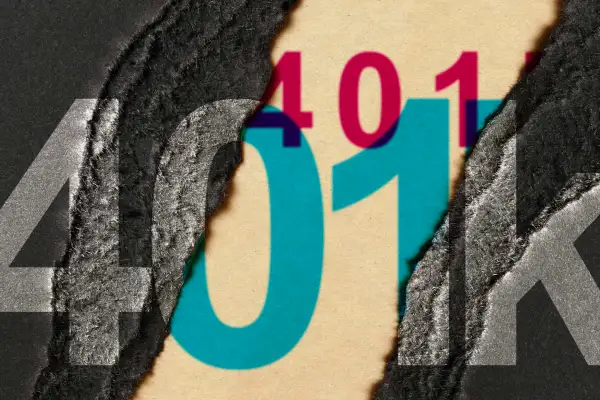401(k) Gender Gap: Men’s Retirement Account Balances Are 50% Higher Than Women’s

Men’s 401(k) balances tend to be larger than women’s, but the gap is closing with each new generation, a new report shows.
For men, the average overall account balance among 401(k) participants is $89,000, which is 50% higher than the average balance for women ($59,000), according to a new Bank of America report.
The difference in 401(k) balances is largely a product of the gender pay gap in America, according to a similar analysis by Vanguard earlier this month, which found that men’s 401(k) balances are 43% higher than women’s.
The traditional 401(k) account is a retirement savings plan commonly offered by employers: You contribute pre-tax dollars from your paycheck, the money is invested in funds and then it’s not taxed until you take withdrawals — ideally when you’re older than 59 ½ to avoid a penalty.
Given that you typically contribute a percentage of your wages, it’s easy to see why income differences between men and women spill over into 401(k) balances. But the gender pay gap has gradually closed over the course of decades, and it appears that younger generations of women aren’t as far behind on 401(k) savings.
What the research says
The gap in 401(k) balances between men and women is largest among baby boomers: For this demographic, men’s 401(k) balances are 87% larger than women’s on average, and men have about $84,000 more in their accounts than women, according to Bank of America.
But when you look at younger generations, there’s some evidence that the gap is closing:
- Millennial men still have larger balances than millennial women, but the difference is only 23%. In dollars, the average 401(k) balance for men in the 28-to-42 age group is $29,218, versus $23,715 for women, which is a gap of about $5,500.
- Overall, it's still the case that a higher percentage of men contribute to a 401(k) than women. Among eligible employees, 61% of men are participating in a 401(k) plan compared to 52% of women.
More from Money:
7 Best Roth IRA Accounts of 2023
Here's How Much Money Americans Think They Need to Retire Comfortably
The Best CD Rate We’ve Seen in Years Just Arrived: It Pays Over 6% APY


